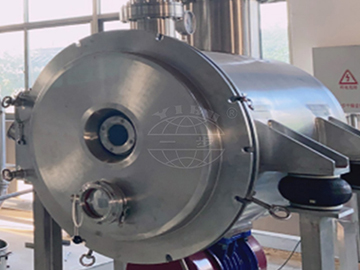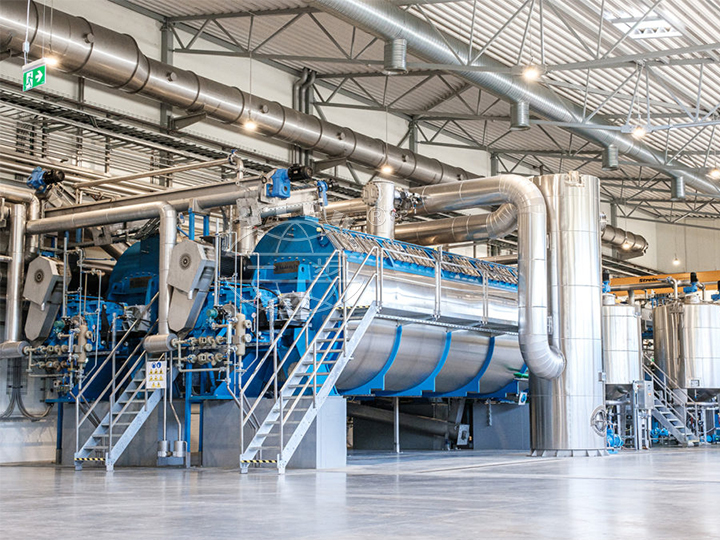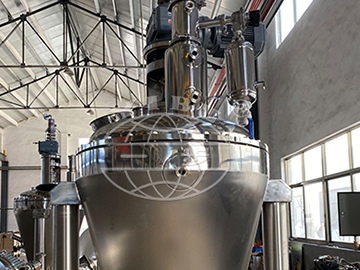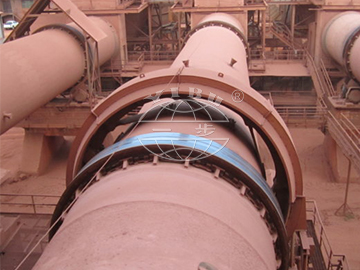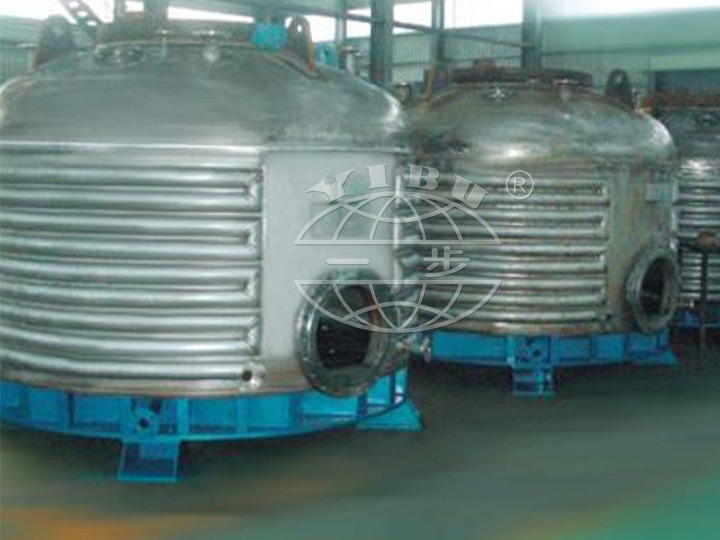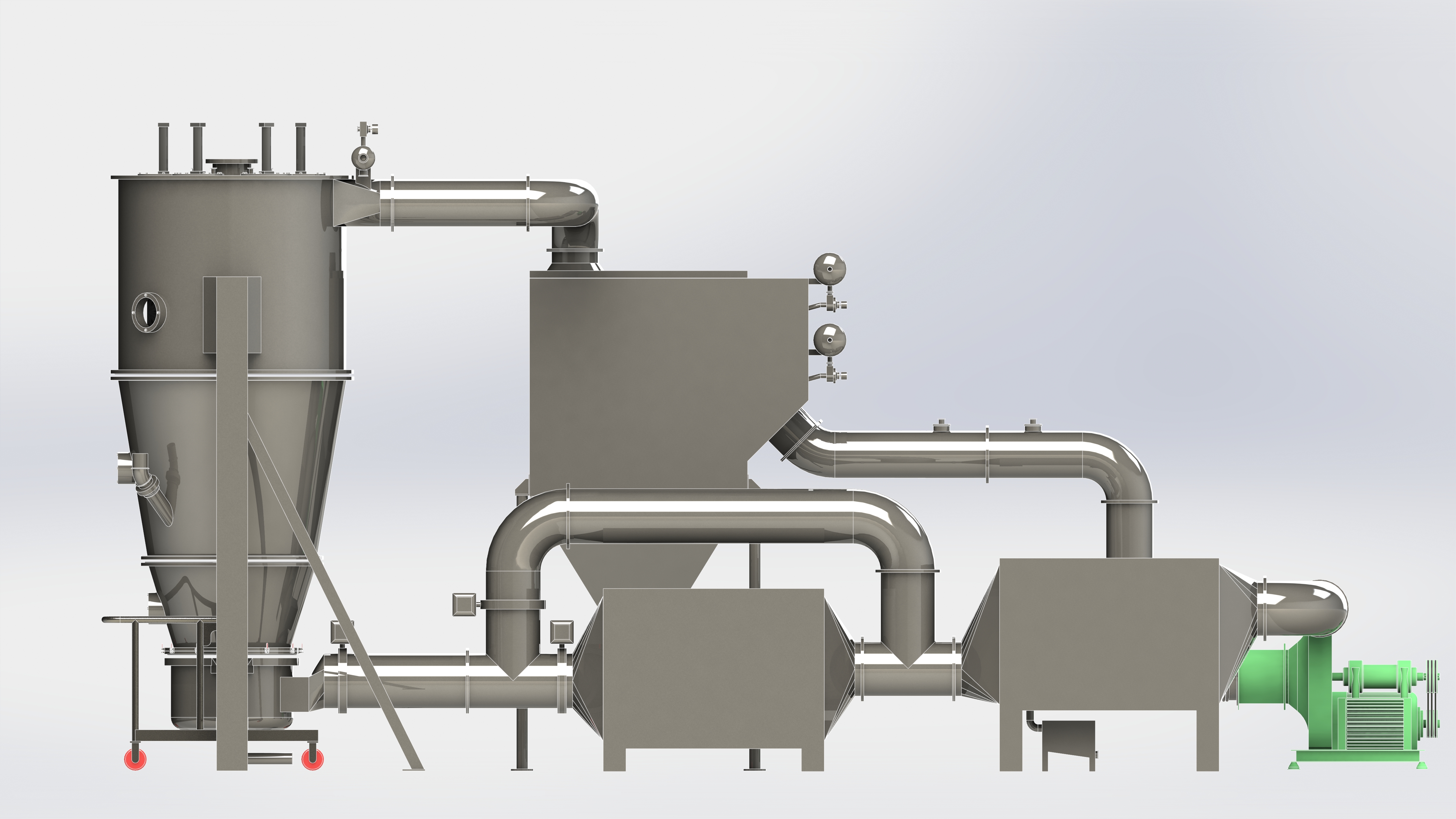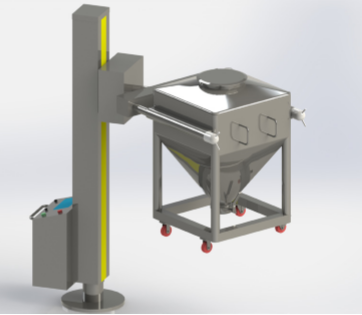Anaerobic sludge granulation(3)
Source: | Date:
2011-07-10
| Hits:
Keywords:
2. Theories on granulation
The theories on anaerobic sludge granulation re-viewed in this article are organized in three groups, namely physical, microbial and thermodynamic ap-proaches, which are considered as the main factor responsible for granule formation this division is not completely tight as some theories have features that could fit also other classification.
2.1. Physical theories
In this granulation approach, the phenomenon is explained in terms of the consideration of the physical conditions prevailing in the reactor.Liquid and gas
upflow velocities, suspended solids in the effluent or seed sludge, attrition and removal of excess sludge from the reactor are considered as the factors responsible for granulation.
Selection pressure theory(1983): The essence of the granulation process in a UASB reactor, in this theory, is believed to be the continuous selection of sludge particles that occurs in the reactor.The selection pressure can be regarded as the sum of the hydraulic loading rate and the gas loading rate (dependent on the sludge loading rate).Both factors are important in the selection between sludge components with different settling characteristics. Under conditions of high selection pressure, light and dispersed sludge will be washed out while heavier components can be retained in the reactor. Thus, growth of finely dispersed sludge is minimised and the bacterial growth is delegated to a limited number of growth-nuclei, that can consist of inert organic and inorganic carrier materials or small bacterial aggregates present in
the seed sludge. These growth nuclei increase in size until a certain maximum size, after which parts of the granules detach, producing a new generation of growth
nuclei, and so on. The first generation consists of relatively voluminous aggregates, but gradually they become denser due to bacterial growth on the outside and inside of the aggregates.Moreover, bacterial growth is stimulated in the more voluminous aggregates as the substrate can penetrate deeper in the aggregates due to less diffusion limitation and lower volumetric bacterial activity inside these aggregates as compared to denser aggregates.The filamentous granules that exist in the initial stages of the granulation process become denser due to this ageing
process.
Under conditions of low selection pressure, growth will take place mainly as dispersed biomass, which gives rise to the formation of a bulking type of sludge.In
anaerobic reactors, the predominant organism is Metha-nothrix, which can form very long filaments (200–300 mm).When these organisms grow without attach-ment to a solid support particle, a loosely intertwined structure of filaments, with very poor settling character-istics will be obtained.Moreover, through the attach-ment of gas bubbles to these loosely intertwined filaments, the sludge even has a tendency to float.
Growth of colonised suspended solids (1994): Pereboom states that granules originate from fines formed by attrition and from colonisation of suspended solids from the influent.Moreover, according to this author, granule size increase is only due to growth and therefore, the concentric layers observed on sliced granules are
related to small fluctuations in growth conditions. Pereboom reported that the most significant process limiting the maximum granule size in normal operation is the regular discharge of surplus biomass. Reactor turbulence and internal gas production appear to have no influence on the size distribution.These shear
forces are not responsible for breaking or disintegrating of granules and only cause attrition of small particles from the granules.The latter is not expected to be significant to the removal of large granules. According to the same author, the granular size distribution in UASB reactors seems to be the result of growth from small particles (being washed into the reactor or developed in the reactor by attrition) into larger granules and the removal of representative amounts of granules from all size classes by sludge discharge.Moreover, wastewaters with a high concentration of suspended solids result in short size distributions while little or no suspended solids in the influent leads to wide size distributions.
News
- 2024-06-08 > Exhibition Invitation |ACHEMA 2024, Germany
- 2019-06-15 > P-MECH CHINA 2019 YIBU BOOTH NO: N3B10a
- 2019-04-15 > YIBU will attend the 57th CIPM Exhibition held in Changsha in Hunan province
- 2018-12-28 > Actived carbon particle mesh belt dryer made for Ingrevity
- 2018-03-10 > big spin flash dryer and spray dryer delivery to pakistan and Italy customer on time
- 2017-12-29 > two sets high speed centrifugal spray dryers and three sets of drum dryre delivered to Indonesia
- 2017-08-24 > one set of LPG-100 spray dryer is delivered to America
- 2017-08-24 > Five layers mesh belt dryer is sucessfully delivered to Manila(Philippines)
- 2017-04-05 > Exhibition interpack 2017 in Dusseldorf In Germany
- 2016-11-23 > The 18th International Exhibition in Moscow
Products

